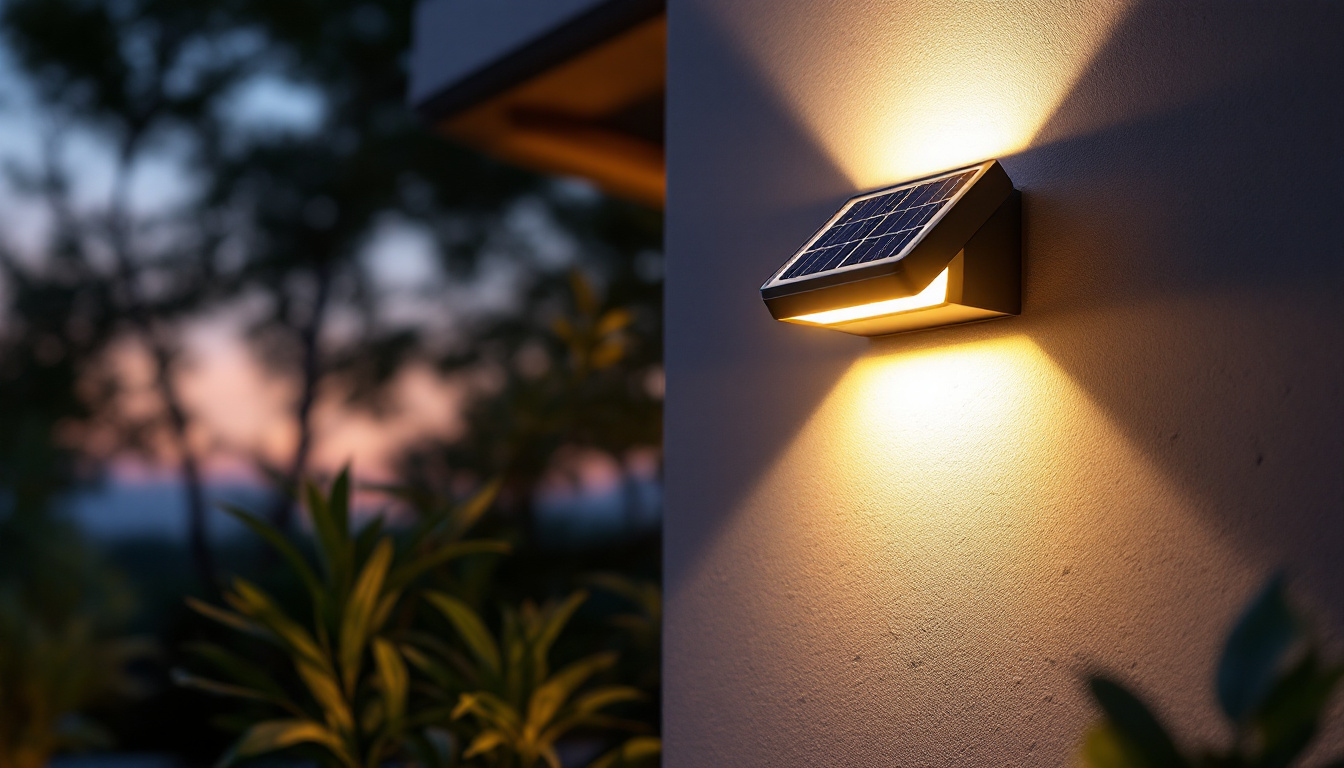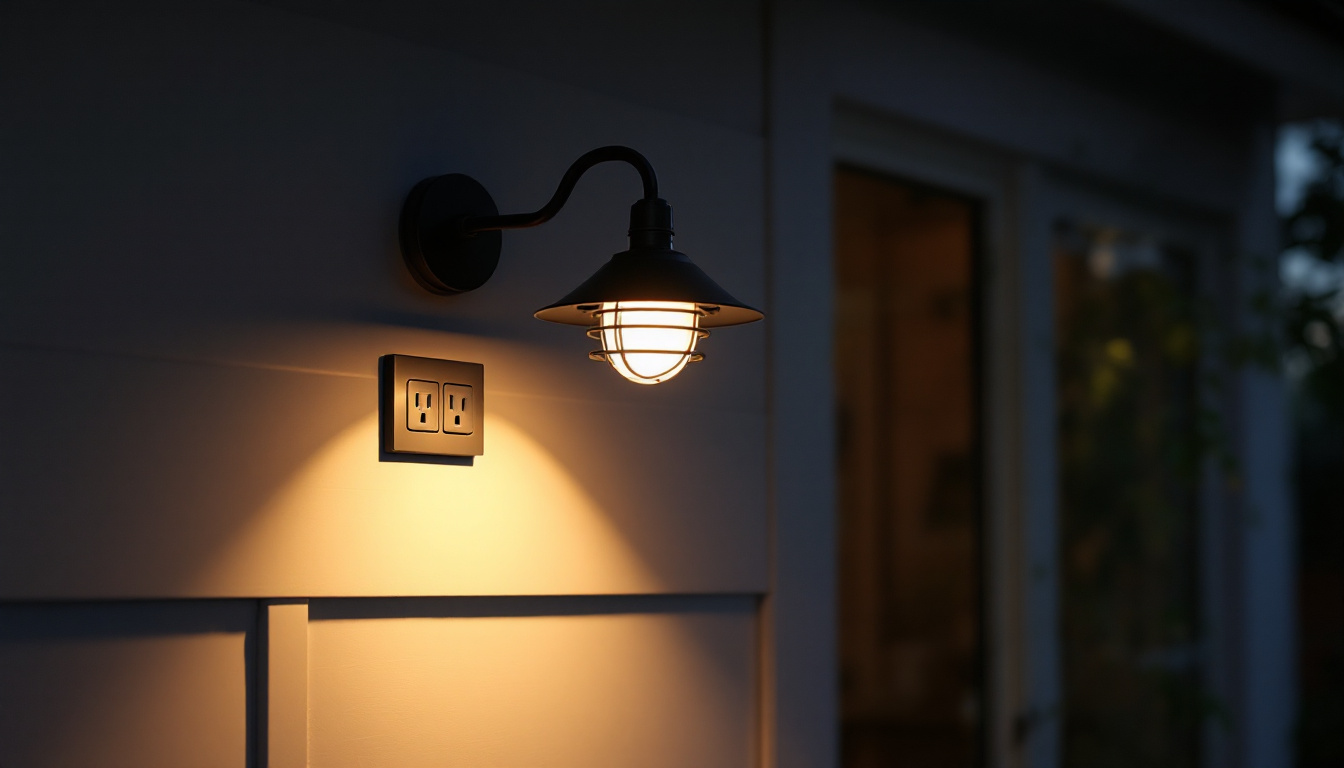
The lighting industry is undergoing a significant transformation, driven by advancements in technology, sustainability initiatives, and changing workplace dynamics. One of the most notable trends emerging from this evolution is the concept of the “light office.” This article delves into the importance of lighting in modern office environments, emphasizing its role in enhancing productivity, well-being, and energy efficiency.
The term “light office” refers to a workspace that is designed with a focus on optimal lighting conditions. This concept is not merely about providing adequate illumination; it encompasses the quality, distribution, and color of light, all tailored to meet the specific needs of the occupants. As businesses recognize the profound impact of lighting on employee performance and health, the light office is becoming a critical component of workplace design.
Investing in a well-designed lighting scheme can yield numerous benefits for both employees and employers. Research has shown that proper lighting can significantly enhance concentration, reduce fatigue, and improve overall mood. In environments where employees feel comfortable and energized, productivity naturally increases.
Moreover, the right lighting can help reduce eye strain and headaches, common complaints in poorly lit offices. By prioritizing lighting design, companies can foster a healthier work environment, which can lead to lower absenteeism and higher job satisfaction.
Aesthetics play a crucial role in the modern workplace. The light office concept emphasizes the use of lighting not only for functionality but also for creating an inviting atmosphere. Thoughtfully designed lighting can highlight architectural features, create focal points, and enhance the overall ambiance of the space.
Employers are increasingly aware that the physical environment affects employee engagement and creativity. A well-lit office can inspire innovation, making it an essential consideration for companies looking to attract and retain top talent.
In addition to enhancing aesthetics, the integration of natural light into office design has gained significant traction. Large windows, skylights, and open layouts allow sunlight to permeate the workspace, creating a dynamic environment that changes throughout the day. Natural light not only boosts morale but also helps regulate circadian rhythms, leading to better sleep patterns and overall well-being for employees.
Furthermore, the use of adjustable lighting systems that mimic natural light cycles can provide employees with the flexibility to customize their workspace according to their individual preferences and tasks. This adaptability can be particularly beneficial in collaborative spaces where different activities may require varying lighting conditions. By embracing these innovative approaches, organizations can create a light office that not only meets practical needs but also fosters a culture of creativity and collaboration.
As technology continues to advance, so too does the lighting industry. Innovations such as LED technology and smart lighting systems are revolutionizing the way lighting is integrated into office spaces. These advancements not only improve energy efficiency but also offer greater flexibility in how light is utilized throughout the day. In addition, the integration of lighting with other smart technologies, such as building management systems, is paving the way for more cohesive and responsive environments that enhance productivity and well-being.
LED lighting has emerged as a game changer in the lighting industry, particularly in office environments. LEDs are known for their longevity, energy efficiency, and versatility. Unlike traditional lighting options, LEDs consume significantly less energy while providing superior illumination quality. Their long lifespan means reduced maintenance costs and less frequent replacements, which is a significant advantage for businesses looking to minimize operational expenses.
Furthermore, the ability to adjust the color temperature of LEDs allows for tailored lighting solutions that can adapt to different tasks and times of day. This adaptability is essential in creating a light office that meets the diverse needs of its occupants. For instance, cooler light temperatures can enhance alertness and focus during morning hours, while warmer tones can foster relaxation as the day winds down. This dynamic capability not only supports employee productivity but also contributes to overall workplace satisfaction, making it a critical consideration for modern office design.
Smart lighting systems represent another significant advancement in the lighting industry. These systems utilize sensors and automation to adjust lighting levels based on occupancy and natural light availability. This not only enhances energy efficiency but also ensures that employees are always working in optimal lighting conditions. The integration of smart technology allows for features such as scheduling, remote control, and even integration with personal devices, providing users with unprecedented control over their environment.
For lighting contractors, understanding and implementing smart lighting solutions can provide a competitive edge. As businesses increasingly seek sustainable and technologically advanced solutions, contractors who are knowledgeable about these systems will be well-positioned to meet client demands. Moreover, the data collected from smart lighting systems can be invaluable for future planning and optimization, allowing companies to analyze usage patterns and make informed decisions about their lighting strategies. This data-driven approach not only enhances operational efficiency but also aligns with the growing trend of smart buildings that prioritize sustainability and user experience.
In an era where sustainability is a priority for many organizations, the importance of energy-efficient lighting solutions cannot be overstated. The light office concept aligns perfectly with sustainability goals, as it encourages the use of environmentally friendly lighting options.
By opting for energy-efficient lighting solutions, businesses can significantly reduce their carbon footprint. This is particularly relevant in office settings, where lighting accounts for a substantial portion of energy consumption. Transitioning to LED lighting and implementing smart systems can lead to considerable energy savings.
Moreover, many organizations are now focusing on achieving green certifications, such as LEED (Leadership in Energy and Environmental Design). A well-implemented lighting strategy is a critical component of these certifications, making it essential for contractors to stay informed about sustainable practices.
The connection between employee well-being and sustainability is becoming increasingly recognized. A well-lit office not only enhances productivity but also contributes to a healthier work environment. Natural light, in particular, has been shown to improve mood and reduce stress levels.
Incorporating natural light into office design is a key aspect of the light office concept. This can be achieved through the strategic placement of windows, skylights, and reflective surfaces that maximize daylight penetration. By prioritizing natural light, businesses can create a more inviting and energizing workspace while also reducing reliance on artificial lighting.
Designing a light office requires a thoughtful approach that considers various factors, including the layout, color schemes, and the specific needs of the workforce. Lighting contractors play a vital role in this process, as they possess the expertise to create customized solutions that align with the light office philosophy.
The layout of an office can significantly impact how light is distributed throughout the space. Open-plan offices, for instance, may require different lighting strategies compared to traditional cubicle setups. Understanding the flow of the workspace and how employees interact within it is crucial for effective lighting design.
In collaborative spaces, for example, a combination of ambient, task, and accent lighting can create an inviting atmosphere conducive to teamwork. Conversely, private offices may benefit from adjustable task lighting that allows individuals to personalize their work environment.
The colors and materials used in an office can also influence the effectiveness of lighting. Lighter colors tend to reflect light better, enhancing brightness and creating a more open feel. On the other hand, darker colors can absorb light, making spaces feel smaller and less inviting.
Additionally, incorporating materials that enhance light diffusion, such as glass and polished surfaces, can help create a more luminous environment. Lighting contractors should collaborate closely with designers to select materials that complement the overall lighting strategy.
As the workplace continues to evolve, so too will the role of lighting within it. The light office concept is likely to gain further traction as organizations prioritize employee well-being and productivity. For lighting contractors, staying ahead of industry trends and technological advancements will be essential for success.
The future of office design is leaning towards flexibility, with many organizations adopting hybrid work models. This shift requires lighting solutions that can adapt to various configurations and occupancy levels. Contractors must be prepared to offer versatile lighting options that can easily be reconfigured as needed.
Moreover, the integration of technology into lighting systems will continue to expand. As smart buildings become more prevalent, lighting contractors will need to be well-versed in the latest automation technologies to provide clients with cutting-edge solutions.
Collaboration between lighting manufacturers, contractors, and designers will be crucial in shaping the future of lighting in office spaces. By working together, these stakeholders can create innovative solutions that address the unique challenges posed by modern work environments.
Additionally, ongoing education and training will be essential for lighting contractors to stay informed about emerging trends and technologies. As the industry evolves, those who invest in their knowledge and skills will be better positioned to meet client needs and drive the future of lighting in office spaces.
The light office concept represents a significant shift in the way lighting is perceived and utilized in modern workplaces. By prioritizing optimal lighting conditions, organizations can enhance employee well-being, boost productivity, and contribute to sustainability efforts. For lighting contractors, understanding the importance of the light office and staying abreast of technological advancements will be key to thriving in this evolving industry.
As businesses continue to recognize the value of effective lighting design, the role of lighting contractors will become increasingly vital. By embracing innovation and collaboration, the lighting industry can pave the way for a brighter, more efficient future in office environments.
Ready to bring the light office concept to life and elevate your lighting projects? At LumenWholesale, we provide lighting contractors with the highest quality, spec-grade lighting products at unparalleled wholesale prices. Our commitment to cutting out the middleman means you get the best value without the extra markups. With our vast selection that meets rigorous industry standards, you can trust that your lighting solutions will be both reliable and high-performing. Plus, with the convenience of free shipping on bulk orders, you can stock up on premium lighting effortlessly and economically. Don’t compromise on quality or cost—choose LumenWholesale for a seamless blend of excellence, affordability, and convenience. Discover our exceptional range and take advantage of the best value in wholesale lighting by visiting Wholesale Lighting at the Best Value.

Discover the essential guide for lighting contractors on wall mount solar lights.

Discover essential compliance insights for lighting contractors in our comprehensive guide on Sylvania standards.

Discover the essential guide to digital timers for lights tailored for lighting contractors.

Discover the essential role of porch lights with outlets in modern lighting projects.